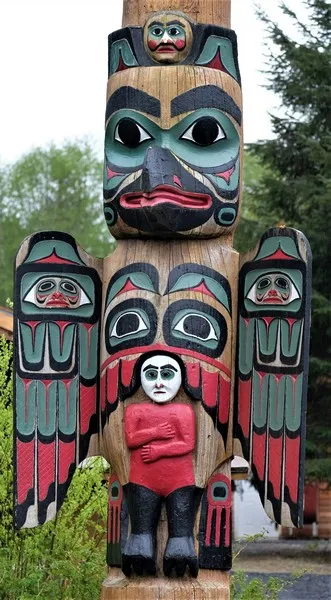Sociology explores the intricate web of social interactions, norms, and institutions that shape human behavior. One fascinating concept within sociology is that of “totems.” In this article, we will outline and explain the significance of totems in the field of sociology.
Definition of Totems
Totems are symbolic representations that hold cultural and social significance within a particular group or society. They can take various forms, such as animals, plants, objects, or even abstract symbols. Totems are deeply embedded in the collective consciousness of a community and serve as a powerful means of expressing and reinforcing shared beliefs, values, and identities.
Functions of Totems
Totems fulfill several important functions within societies:
1. Identity and Group Cohesion
Totems play a crucial role in establishing and maintaining group identity. They serve as a unifying symbol that distinguishes one group from another. By identifying with a common totem, individuals feel a sense of belonging and solidarity with their community.
2. Social Control and Norms
Totems also serve as a mechanism for social control. They embody the values, norms, and expectations of a society. By adhering to the totemic symbolism, individuals are reminded of the behavioral guidelines and moral standards of their community. Deviation from these norms may result in social sanctions or exclusion.
3. Rituals and Ceremonies
Totems often feature prominently in rituals and ceremonies. These rituals can range from initiation ceremonies to religious practices. By incorporating the totem into these rituals, individuals reaffirm their commitment to the community and its shared beliefs. Totemic rituals foster a sense of unity and reinforce social bonds.
4. Communication and Expression
Totems serve as a powerful means of communication and expression within a society. They convey complex ideas, histories, and cultural narratives in a symbolic form. Through the use of totems, individuals can express their values, beliefs, and emotions, fostering a shared understanding among members of the community.
Examples of Totems
Totems can be found in various cultures and societies around the world. Here are a few examples:
1. Native American Totems
Native American tribes often have totem poles, which are large wooden sculptures depicting animals, spirits, or ancestral figures. These totems represent the tribe’s history, beliefs, and cultural heritage.
2. Australian Aboriginal Totems
Aboriginal tribes in Australia have totems associated with specific clans or individuals. These totems can be animals, plants, or natural elements and are believed to have a spiritual connection to the tribe.
3. Sports Team Mascots
In modern societies, sports teams often adopt mascots as totems. These mascots represent the team’s identity, values, and fan culture. They serve as a rallying point for supporters and create a sense of unity among fans.
Conclusion
Totems are powerful symbols that hold immense cultural and social significance within societies. They play a vital role in shaping group identity, reinforcing social norms, and fostering a sense of community. By understanding the concept of totems in sociology, we gain valuable insights into the intricate dynamics of human societies and the role symbols play in shaping our collective experiences.





